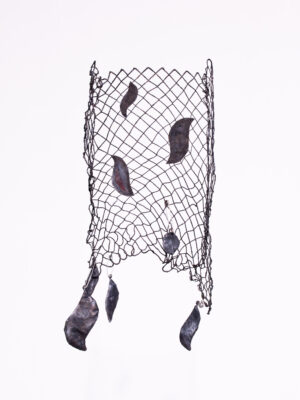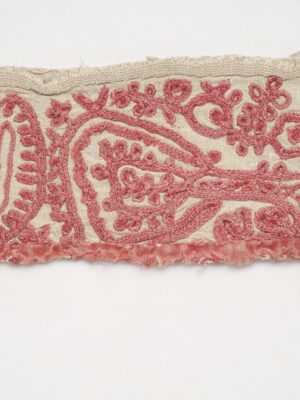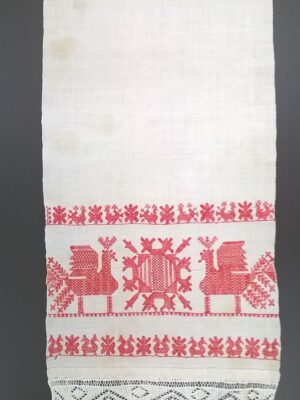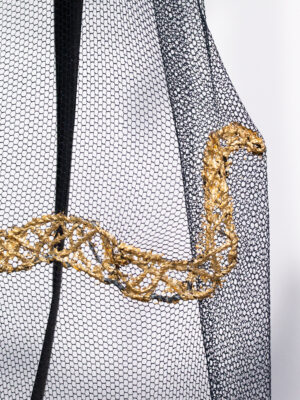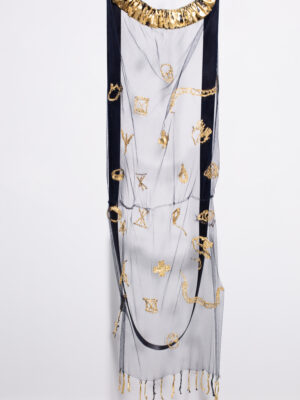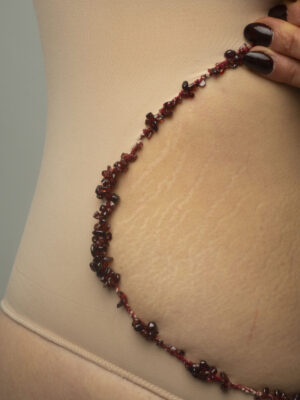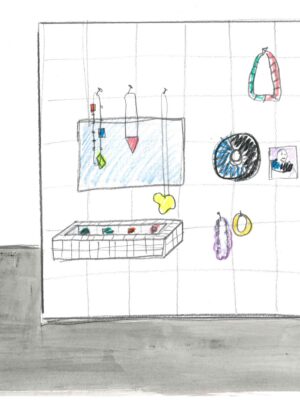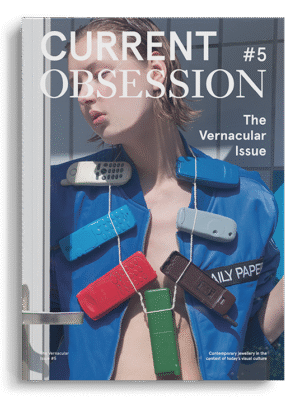Pictures of her, my grandmother, and other old people hang on the wall. They are standing in front of derelict buildings, all wearing scarves. I hear stories about an island where they lived, and I imagine a deep forest by a lake. Only one family living there, isolated from everything, and I wonder whether it really was so great that my grandmother still needs to cry. When I graduate from high school I receive a grant from the Karelia Association. I google the name and realise it’s the area where my grandmother was from – Finland in her youth, Russia after the Second World War. Decades later, I’m smoking a cigarette with a man who has made a ceramic fish with a human face. He tells me about a database of oral history, collected from Finland but mostly from Karelia where his family is also from. I remember the red dot, the tears and the dress – and decide to look into it.
During the Romantic Nationalism era between mid 1800s to early 1900s, a significant effort was made to gather oral histories from Finland and Karelia. Stretching along both sides of the border between Finland and Russia, Karelia is an area with its own culture and language. For the past 2000 years, both political rule and religion in the region have shifted back and forth – between Sweden and Russia, between Catholicism, Lutheranism, and Orthodoxy. Despite these shifts, folk beliefs and traditions specific to the region persisted and thrived.
Oral histories from the region are now published as a digital database under the Finnish Literature Society containing approximately 100,000 different texts. While browsing through the database’s category ‘spells’, I noticed a familiar name among the reciters. Upon further exploration and cross-referencing with genealogical documents, I realised these reciters were my family members. This was an intriguing discovery – I had not known about the tradition of spells in the region, let alone that my family had any connection to it.
The spells in the database ranged from the everyday to the mysterious: words for good draught, for healing wounds, for protection against envy or the evil eye. Some were more sinister – sending sickness to a neighbor’s herd or waking up the dead. These were not abstract rituals but everyday means for survival.
While searching for information about the un-cool traditional dress my grandmother wanted me to wear, I came across the writing of American anthropologist Patricia Rieff Anawalt. In Anawalt’s The Worldwide History of Dress (2007), the author explains how specific elements of traditional folk dress in Eastern Europe can be traced back to 1000–3000 BC. She continues by laying out how embroidery and elements in the dresses were part of a group of symbols that existed in ancient ritual cloths, stone carvings and ceramic vessels used for ceremonial purposes. Anawalt further points to how the role of embroidery in the folk dress was both protective and symbolic. Historically, embroidery was strategically placed on garments to protect the wearer. Openings in clothing such as the neck, hem, sleeves, cuffs and pockets were particularly vulnerable and therefore often heavily embroidered to prevent evil spirits from entering.
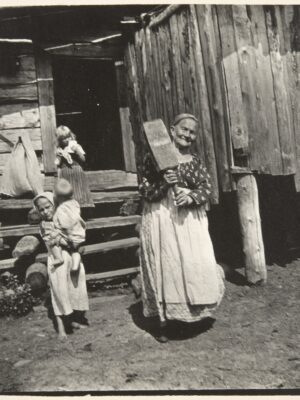
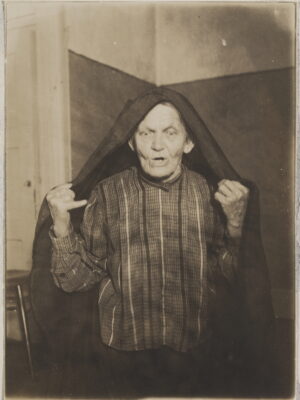
Motifs like geometric shapes (triangles, zigzags, rhomboids, labyrinths) and animals (birds, fish, horns, eyes, hands) were believed to have strong protective powers. Red was the most powerful and widely used color in embroidery, associated with life, fire, power, but also sacrifice and death. Red was often linked to spirit worship, youth, marriage, and talismanic charms. Other colors like black and white played symbolic roles in costume but were less prominent in embroidery.
In the 19th century, Eastern European folk dresses mirrored the conservative structure of the pre-industrial rural world where strict social rules shaped both moral values and everyday life, dictating everything from daily routines to the organisation of marriages. These folk dresses are often described as “non-Western” as they developed outside the Western European fashion influence. They were deeply tied to village life and values, where tradition, ritual, and symbolic meaning outweighed change or innovation. Even in times of migration, displacement, or external pressure, folk clothing retained its strongly marked identity.
An extraordinary example of this continuity can be seen in the comparison between a Bronze Age clay figurine from southern Romania (mid to late 2nd millennium BC), and a 19th- to early 20th-century Bulgarian folk costume. Despite being separated by 3,500 years, the cut and decoration show striking similarities – an example of a strongly rooted and enduring tradition.
These discoveries sparked my interest in investigating how traditions, beliefs and cultural memory can be reinterpreted in contemporary craft practices and what role that serves. The old function of craft as protection feels ambiguous – what do we need protection from, who is the one protecting us, what happens if I don’t want that type of protection? From a contemporary perspective, these questions are linked to discussions of gender, body, representation and control. I’m curious about how craft can function as a mediator between past and present, spiritual and mundane, memory and imagination. Rather than protecting or excluding, can craft reveal new ways of seeing and experiencing, and act as a form of resistance to normative society?
‘The ritual places of the past have shifted into new arenas: from village gatherings to digital screens. Each space becomes a site where belief is enacted and the self is constructed.’
I feel that the contemporary common denominator between clothing and the desire to influence the future is fashion. American costume designer Edith Head allegedly once said, ‘You can have anything you want in life if you dress for it.’ To follow that thought, we might think of everyday life as a kind of stage on which we continuously perform who we wish to be – or wish to become. Through the garments we choose, we express our values, aspirations, and hopes. Like the reciters of spells, we speak through materials – wishing for love, wealth, or protection from envy – but instead of incantations, we use clothing to manifest our desires. In both cases, belief is activated through repetition and display: we embody the wish to make it real.
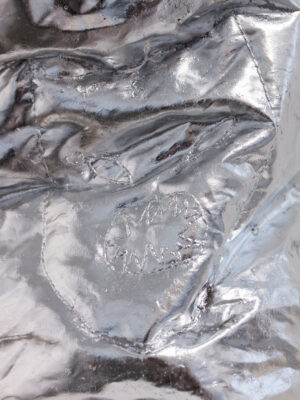
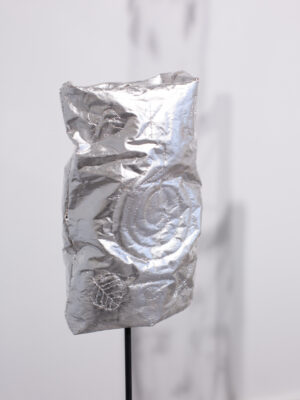
In my work I carried these ideas forward, combining the embroidery placements from the traditional dress with symbols and motifs derived from Karelian spells, reflecting on how the same desires appear in contemporary fashion. I see this idea of performativity – of staging one’s self – as something constant in human existence, even if its form changes. The ritual places of the past have shifted into new arenas: from village gatherings to digital screens. Each space becomes a site where belief is enacted and the self is constructed. For me, belief is less about absolute truth than about what we choose to believe in. Through this lens, both spells and fashion become creative tools for shaping reality – not through logic, but through gesture, repetition and belief.
In a world ruled by the same conservative structures that once dictated who gets to wear what, amid genocide and growing inequity, I suggest that the question is no longer only how to keep evil out. Instead we should question what forces we choose to let in – what forms of magic can craft carry forward today, to live not with fear of contamination, but with openness to transformation.
Bibliography
• Anawalt, Patricia Rieff. The Worldwide History of Dress. London: Thames & Hudson, 2007.
• Mahadevan, Venki. “You can have anything you want in life if you dress for it: Edith Head.” Medium, 11 June 2018. Accessed 02 October 2025. https://medium.com/@venkimahadevan/you-can-have-anything-you-want-in-life-if-you-dress-for-it-edith-head- 5f0e50c07e5a.
Cover image
Lifting the love, Helena Lundahl, 2025, copper black patina, safety pins.
This year’s theme for our digital publishing is Language. Through a selection of articles we dive into visual languages, the communication of objects, iconography and symbolism. Focusing on story-telling through a lens of aesthetics, we are eager to bring assorted trains of thought to you by twelve different authors. The articles range from speculative to theoretical, chaste to raunchy, past to future, bringing you a variety of voices and perspectives.
This year’s digital publishing features isabel wang pontoppidan as guest editor. isabel is a Danish-Chinese writer, artistic researcher and jewellery maker based in Amsterdam. Her practice is multi-pronged, combining writing, performance, research and jewellery in a variety of overlapping cross-sections.
New Open Call For Writers 2026 is out now! Read more here via current-obsession.com/open-call-for-writers!
